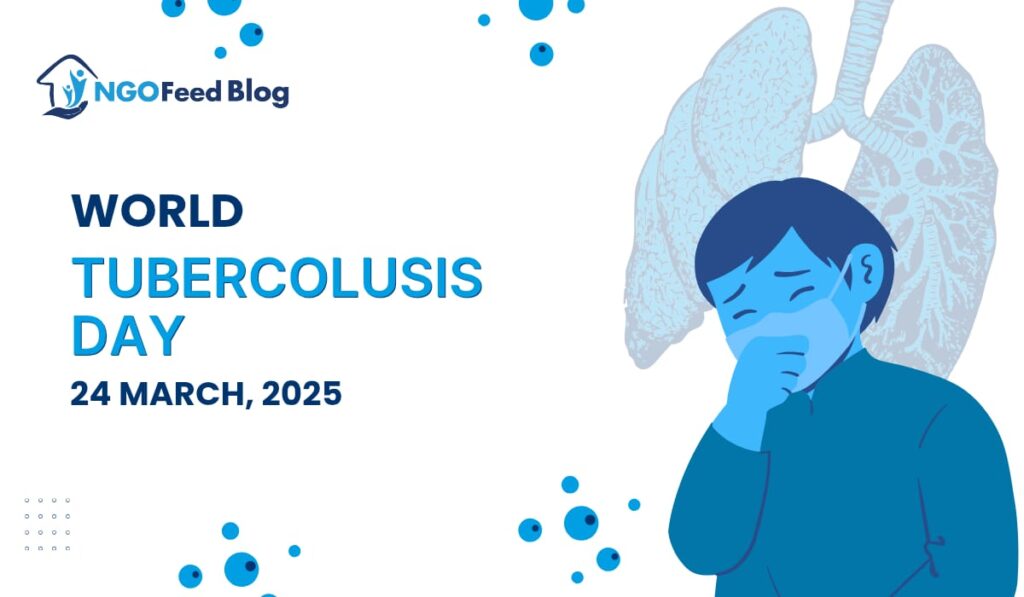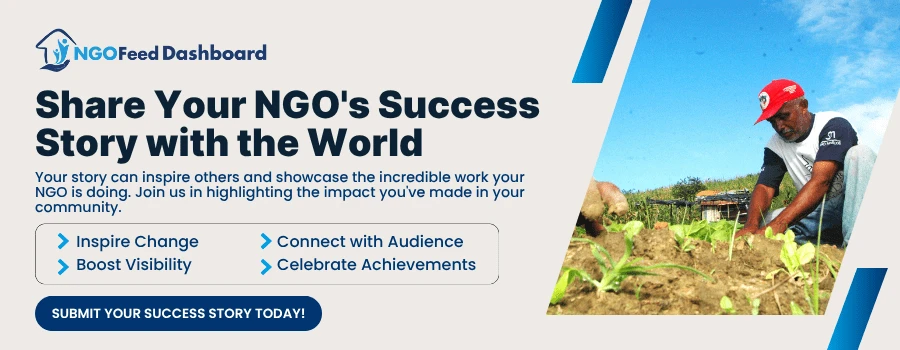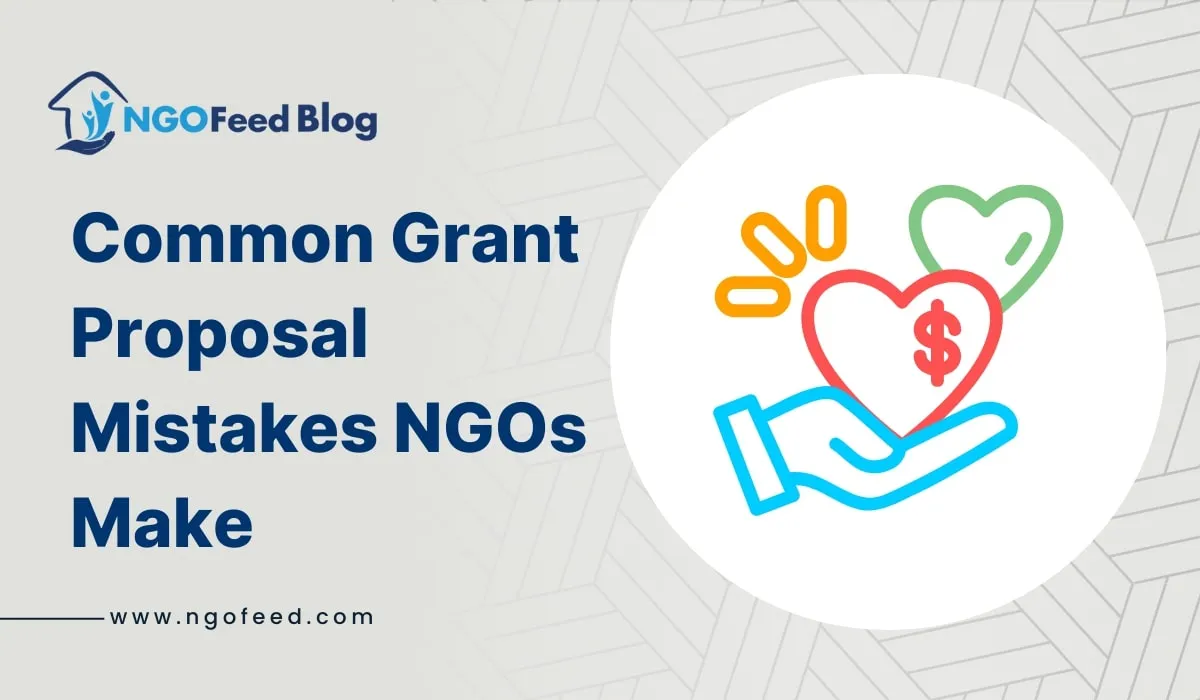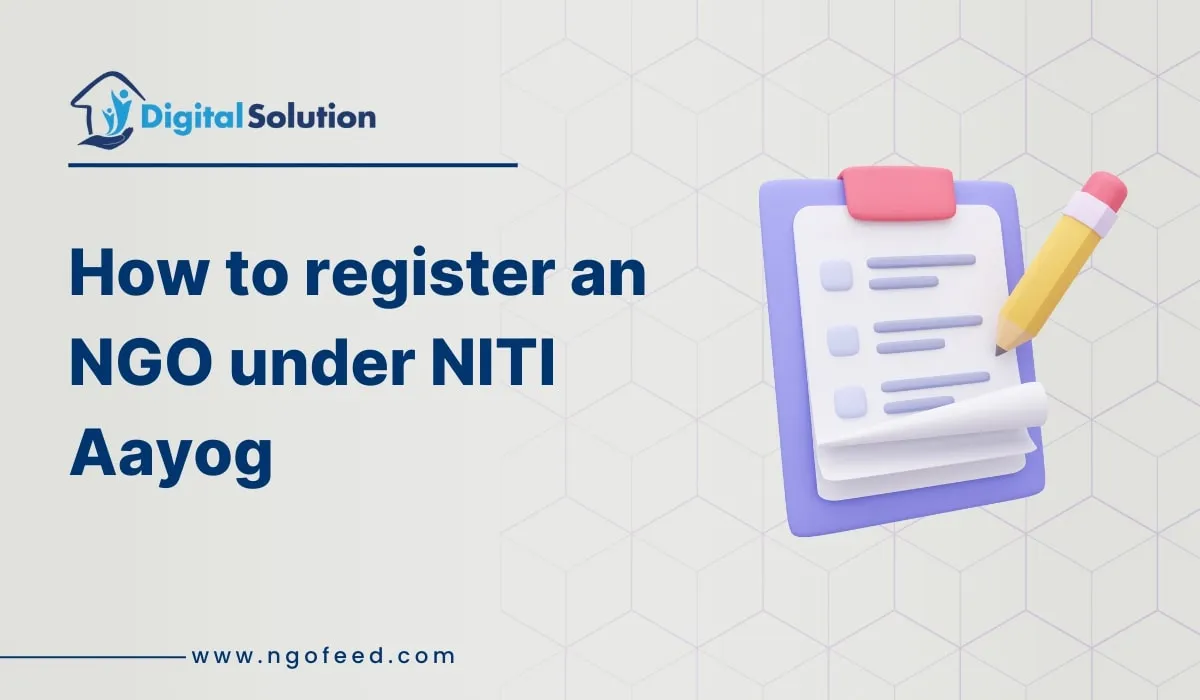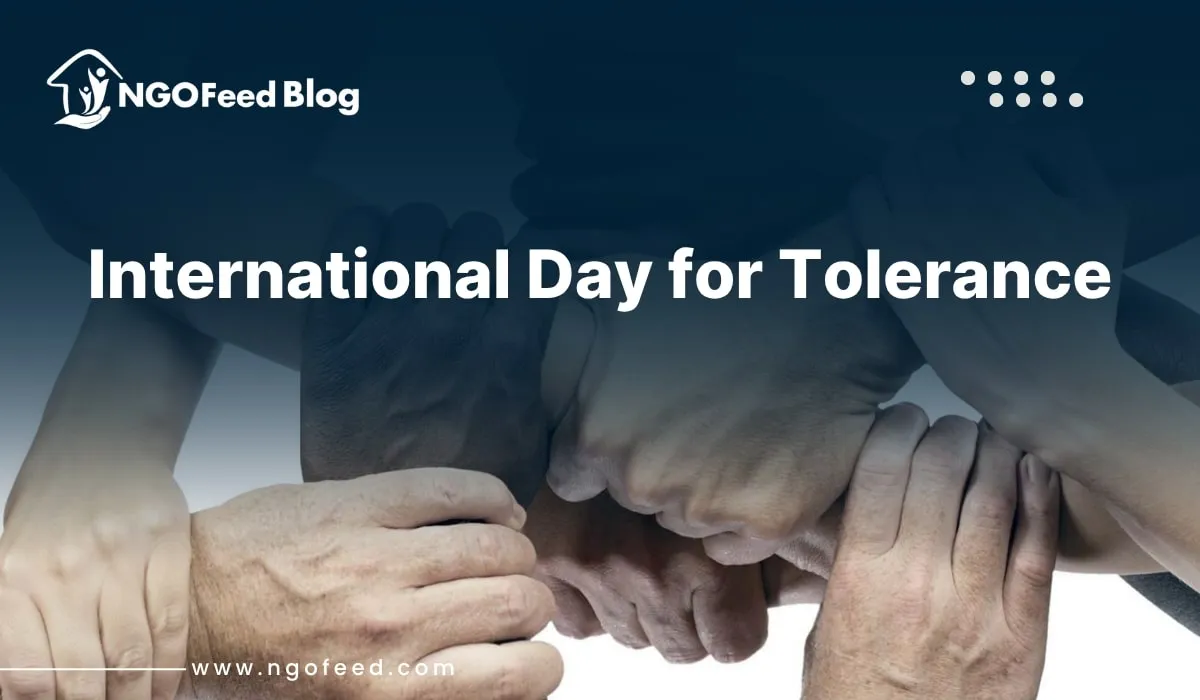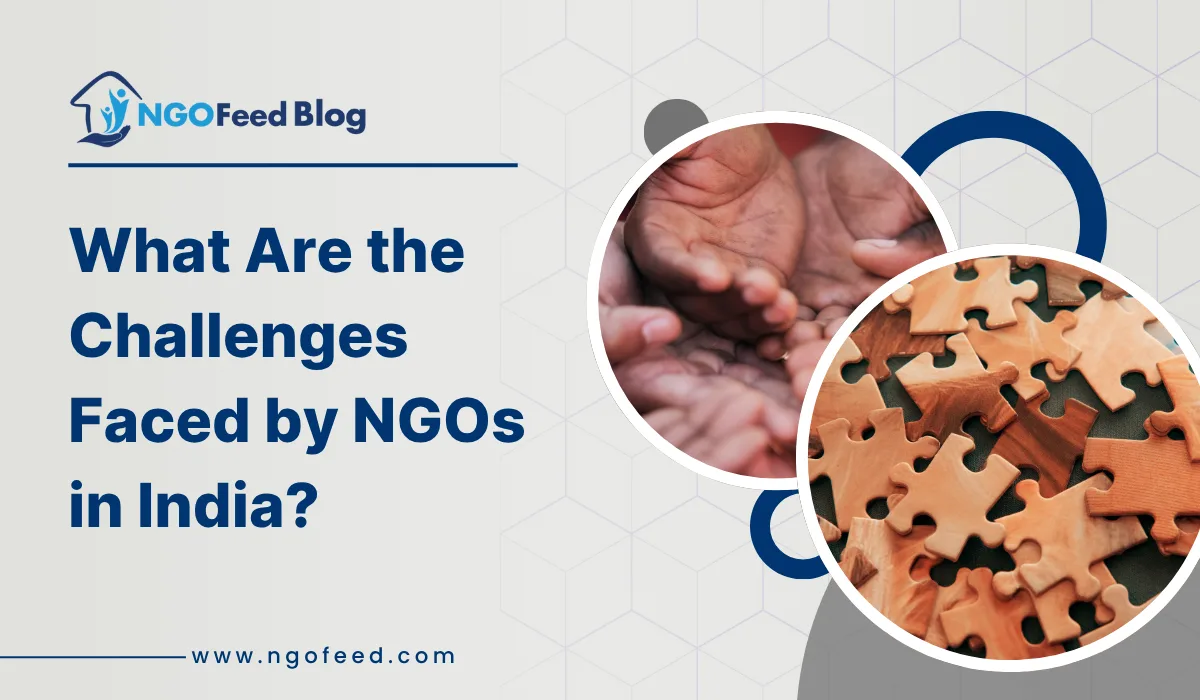World Tuberculosis Day, celebrated every year on March 24th, is more than merely a date on the calendar; it represents a worldwide necessity. It stands as a powerful and urgent reminder of the ongoing and devastating effects of a disease that, although preventable and treatable, continues to afflict millions across the globe. This day marks the anniversary of Dr. Robert Koch’s pioneering discovery of Mycobacterium tuberculosis in 1882, the bacterium that causes TB.
This finding was a pivotal moment, setting the stage for the creation of diagnostic tools and treatment methods. Nevertheless, despite this extraordinary accomplishment and later medical progress, TB continues to be a significant global health threat, requiring renewed and intensified efforts. World TB Day serves as a rallying cry, encouraging individuals, communities, and nations to come together in the battle against this silent killer.
Table of Contents
The Enduring Shadow of World TB Day
Tuberculosis is not merely a relic of the past; it still casts a long and lethal shadow. It is an airborne infectious disease caused by the bacterium Mycobacterium tuberculosis. TB primarily impacts the lungs (pulmonary TB), but it can also affect other areas of the body, including lymph nodes, bones, brain, and kidneys (extrapulmonary TB). The disease is transmitted when an individual with active TB coughs, speaks, or sneezes, releasing droplets containing bacteria (aerosols) into the air.
If another person breathes in these droplets, they may become infected. TB flourishes in environments characterized by poverty, overcrowding, and inadequate sanitation. These conditions promote the spread of bacteria and compromise the immune systems of individuals, making them more vulnerable to infection and disease progression. TB disproportionately impacts at-risk populations, worsening existing health disparities.
The Global Burden
Despite notable progress in medical science and public health strategies, TB remains one of the top causes of death from a single infectious agent, even exceeding the mortality rate of HIV/AIDS. This alarming reality highlights the critical need for renewed and concentrated efforts to address this global health dilemma. The effects of TB are extensive, impacting individuals, families, and communities around the world.
Also Read: Agriculture and Food Security
Prevalence and Incidence: The Numbers Speak:
- Millions of individuals contract TB annually, with the World Health Organization (WHO) estimating that approximately 10 million people fell ill with TB in 2022.
- A considerable number of these cases tragically result in death. TB claims over 1. 5 million lives each year, underscoring the gravity of the disease.
- The global burden of TB is not uniformly distributed. High-burden countries are mainly found in Southeast Asia and Africa, where poverty, inadequate healthcare systems, and other socioeconomic factors facilitate the spread of the disease. India, China, Indonesia, the Philippines, Pakistan, Nigeria, Bangladesh, and South Africa account for a substantial share of the global TB burden.
Vulnerable Populations:
- Individuals living with HIV are much more vulnerable to TB due to their compromised immune systems. HIV infection significantly elevates the risk of developing active TB disease.
- Malnourished individuals, diabetes patients, and tobacco consumers also experience a heightened risk of TB infection and disease advancement. These health issues weaken the immune system, rendering individuals more susceptible.
- Marginalized populations, such as refugees, migrants, and those internally displaced, frequently lack access to vital healthcare services, including TB screening and treatment. Overcrowded living situations and inadequate access to clean water and sanitation further amplify their risk.
TB and HIV Co-infection:
- The convergence of TB and HIV produces a lethal combination. HIV compromises the immune system, rendering individuals particularly susceptible to TB infection. Individuals living with HIV are projected to be 18 times more likely to develop active TB disease compared to those without HIV.
- TB ranks as a primary cause of mortality among individuals living with HIV.
- Integrated HIV and TB services are essential for effectively tackling this co-epidemic. This encompasses routine HIV testing for TB patients and TB screening for HIV-positive individuals, along with providing co-trimoxazole preventive therapy and antiretroviral therapy.
The Menace of Drug-Resistant TB
The rise and proliferation of drug-resistant TB, especially multidrug-resistant TB (MDR-TB) and extensively drug-resistant TB (XDR-TB), pose a significant and escalating challenge to global TB control initiatives. Drug resistance occurs when bacteria evolve the capacity to resist the effects of medications used for treating the infection. This can happen due to incomplete or inconsistent treatment, improper medication usage, or the spread of drug-resistant strains.
Also Read: Role of UNODC in India
MDR-TB:
- MDR-TB is characterized as TB that resists at least two of the most potent first-line anti-TB medications: isoniazid (INH) and rifampicin (RIF). These drugs are fundamental to standard TB treatment protocols.
- Treatment for MDR-TB is significantly longer, more costly, and has greater toxicity than treatment for drug-susceptible TB. It usually entails the use of second-line anti-TB drugs, which tend to be less effective and carry more side effects. The treatment duration can range from 18 to 24 months or even longer.
XDR-TB:
- XDR-TB represents a more severe variant of drug-resistant TB. It is characterized as MDR-TB that is also resistant to any fluoroquinolone (such as moxifloxacin or levofloxacin) and at least one of three second-line injectable drugs (amikacin, kanamycin, or capreomycin).
- XDR-TB resists an even broader range of anti-TB medications, complicating and challenging treatment further. The available treatment options for XDR-TB are limited, and the medications used are often less effective and come with significant side effects.
- Success rates for treating XDR-TB are considerably lower than those for treating MDR-TB and drug-susceptible TB, presenting a danger to public health.
Challenges in Treatment and Management
Treating drug-resistant TB is lengthy, expensive, and associated with considerable side effects. The extended treatment period can make it challenging for patients to comply with their medication schedules.
Ensuring treatment adherence is crucial to avert further drug resistance. Directly observed therapy (DOT), where a healthcare provider observes the patient taking their medication, is frequently implemented to enhance adherence.
Preventing the spread of drug-resistant strains is also crucial. This necessitates efficient infection control practices in healthcare environments and communities, along with timely diagnosis and treatment of people with drug-resistant TB.
World TB Day: A Catalyst for Change
World TB Day, recognized annually on March 24th, functions as an essential and impactful platform to enhance awareness, advocate for resources, mobilize partnerships, and showcase advancements in the worldwide battle against tuberculosis. It is a moment for contemplation, action, and renewed dedication to eradicating this devastating illness.
Also Read: Role of UNAIDS in India
Raise Awareness
World TB Day offers a vital chance to inform the public about the signs, transmission methods, and preventative measures for TB. A significant number of individuals lack knowledge about the indicators and symptoms of TB, which may encompass a chronic cough, fever, night sweats, weight loss, and exhaustion. Increasing awareness of these signs is crucial for encouraging early diagnosis and treatment.
Addressing the stigma linked to TB is equally crucial. Stigma can hinder people from pursuing diagnosis and treatment, resulting in delayed care and higher transmission rates. World TB Day works to dismantle misconceptions and foster understanding and empathy for those impacted by TB.
Advocate for Resources
The day acts as a stage to push for heightened funding for TB research, prevention, and treatment. Despite the considerable global impact of TB, funding for TB control initiatives remains inadequate. Enhanced investment is vital for the creation of new diagnostic methods, medications, and vaccines, as well as for strengthening health infrastructures and expanding TB services.
Advancing equitable access to TB services for everyone, regardless of location or socioeconomic status, is a principal aim of World TB Day. TB particularly affects at-risk populations and guaranteeing that all individuals have access to quality TB care is crucial for achieving TB eradication.
Also Read: Role of NGOs in Biotechnology
Mobilize Partnerships:
World TB Day promotes collaboration and bolsters partnerships among governments, healthcare providers, civil society organizations, researchers, and impacted communities. A united and cooperative strategy is key to addressing the complex challenges posed by TB.
Such partnerships are essential for sharing knowledge, coordinating initiatives, and optimizing resources to accomplish shared objectives in TB control.
Highlight Progress:
World TB Day presents a chance to exhibit successes in TB control efforts and stimulate ongoing action toward elimination. Notable progress has been achieved in decreasing TB incidence and mortality over previous decades.
Emphasizing these accomplishments can instil hope and drive further efforts. It is a day to rejuvenate the global community and reaffirm our dedication to terminating TB.
Strategies for TB Control
Successful TB control depends on a multifaceted and thorough strategy that tackles various facets of the disease, from prevention to treatment. These strategies are interrelated and must be executed in a coordinated way to attain optimal outcomes.
Early Detection and Diagnosis: Expanding Access to swift and precise diagnostic tests, such as molecular tests like GeneXpert, is vital for the early identification of TB. Early identification allows for the quick start of treatment, minimizing the risk of transmission and enhancing treatment results.
* Active case finding among high-risk groups, including those in close contact with TB patients, individuals living with HIV, and residents of congregate settings like prisons, is necessary. This includes systematically screening individuals for TB symptoms and providing diagnostic testing to those at elevated risk.
Also Read: Role of WHO in Healthcare
Effective Treatment:
Delivering prompt and effective treatment with suitable anti-TB medications is critical for curing TB and preventing the emergence of drug resistance. The standard treatment for drug-susceptible TB consists of a six-month regimen of four medications: isoniazid, rifampicin, pyrazinamide, and ethambutol.
Ensuring compliance with treatment protocols is essential. Directly observed therapy (DOT), where a healthcare provider supervises the patient while they take their medication, is frequently employed to enhance compliance and thwart the development of drug resistance.
For drug-resistant TB, specialized treatment plans are necessary that include second-line anti-TB medications. These regimens are typically longer, more costly, and exhibit more side effects than standard treatment.
Preventive Therapy:
Providing preventive therapy to high-risk individuals, such as those with HIV and close contacts of individuals with active TB, aids in preventing the onset of active TB disease. Isoniazid preventive therapy (IPT) is widely utilized for this intention.
Targeted screening and preventive treatment form vital elements of TB control, especially in high-burden environments.
Also Read: NGOs in Cancer Care
Addressing Social Determinants
Enhancing living conditions, alleviating poverty, and encouraging healthy living practices are vital for TB prevention. TB flourishes in settings characterized by poverty, crowding, and inadequate sanitation.
Tackling the social determinants of health necessitates multisectoral collaboration, involving sectors like housing, education, and social welfare.
Nutritional assistance, cessation programs for tobacco use, and addressing alcohol abuse are also crucial components of TB prevention.
Research and Development
Investing in research to create new diagnostic methods, treatments, and vaccines is essential for the eradication of TB. Existing diagnostic methods and treatment protocols possess limitations, and new methods are required to enhance TB control.
Research is also necessary to gain a deeper understanding of the biology of Mycobacterium tuberculosis and the elements that facilitate TB transmission and disease development.
Also Read: Role of NGOs in HIV and AIDS Awareness and Prevention
Strengthening Health Systems
Establishing robust health systems that can provide quality TB services is crucial. This encompasses ensuring sufficient staffing, infrastructure, and resources for TB diagnosis, treatment, and prevention.
Integrating TB services into primary healthcare is vital. This guarantees that TB services are available to all individuals, including those in remote and underserved areas.
Community involvement and participation are also vital for strengthening health systems and enhancing TB control.
The Role of Global Organizations
Entities like the World Health Organization (WHO) and the Stop TB Partnership are at the forefront of the global struggle against TB. They offer guidance, technical support, and advocacy to assist countries in their TB control initiatives.
The WHO provides global leadership in TB control, formulating guidelines, and coordinating international efforts. They release the global tuberculosis report annually.
The Stop TB Partnership is an international network of individuals and organizations striving to eradicate TB. They advocate for greater resources and advance creative solutions.
Also Read: Role of NGOs in Healthcare
A Call to Action
Eradicating TB necessitates a global commitment and unified efforts from all parties involved. On World TB Day, let us reaffirm our commitment to eradicate this age-old and lethal disease, ensuring a healthier future for everyone.
This includes:
- Increased financing for TB research and control initiatives.
- Enhancing health systems to better access TB services.
- Addressing the social factors related to TB.
- Encouraging community involvement and engagement.
- Fighting stigma and discrimination linked to TB.
- Through collaboration, we can achieve a TB-free world.

